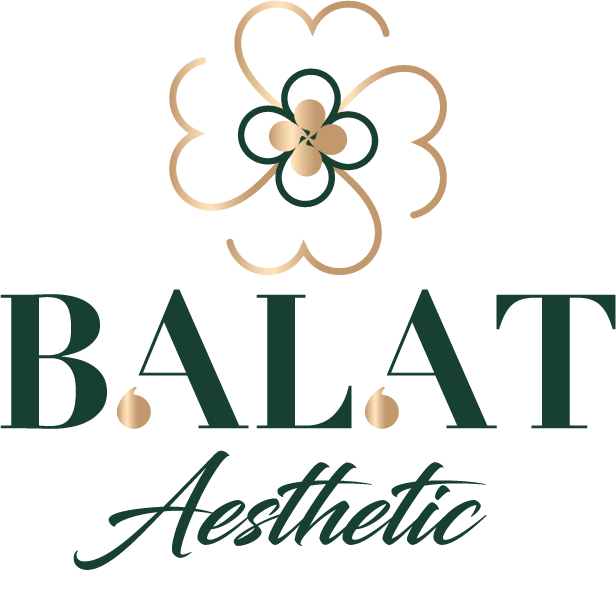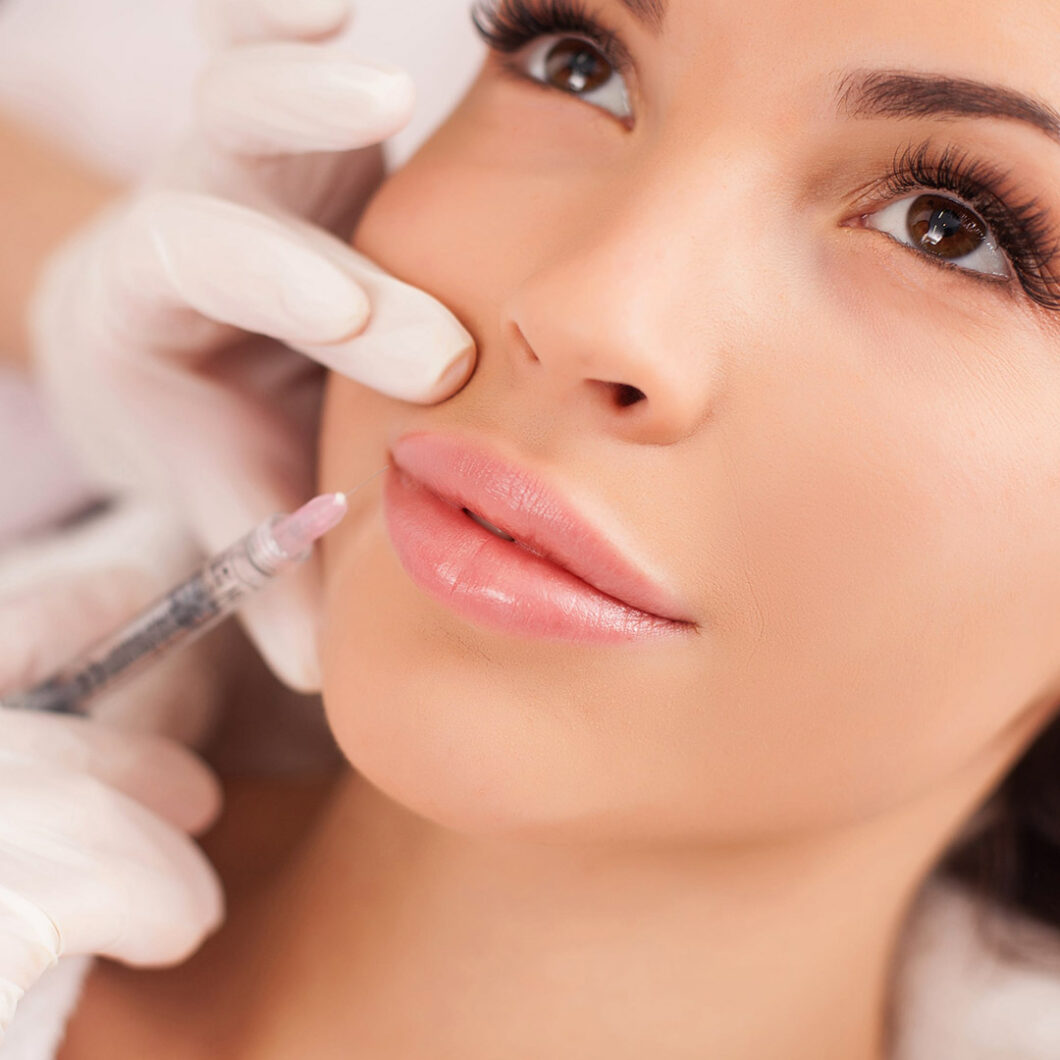Understanding Lip Fillers
Lip fillers, commonly used in cosmetic procedures, are injectable substances designed to enhance the volume, shape, and overall appearance of the lips. These fillers primarily consist of hyaluronic acid, a naturally occurring substance in the body responsible for retaining moisture and providing fullness. When utilized in lip augmentation, hyaluronic acid draws water to the area, resulting in plumper and more youthful-looking lips. In addition to hyaluronic acid, other materials may be used, including collagen-based fillers and synthetic alternatives, although hyaluronic acid remains the most popular choice due to its effectiveness and biocompatibility.
The procedure for administering lip fillers is relatively straightforward and typically performed in an outpatient setting. A qualified practitioner will first apply a topical anesthetic to minimize discomfort. Following this, the filler is injected into targeted areas of the lips with a fine needle, allowing for precision and control in achieving the desired outcome. The results are generally immediate, with many patients noticing a significant enhancement in lip volume and contour immediately after the procedure.
One of the primary benefits of lip fillers is the quick recovery time, allowing individuals to return to their daily activities shortly after the treatment. Moreover, the effects last for several months, depending on the type of filler used and individual metabolism. However, like any cosmetic procedure, lip fillers come with potential side effects, which may include swelling, bruising, or mild discomfort at the injection site. Therefore, it is imperative to choose a qualified and experienced practitioner to minimize risks and ensure optimal results. As with any cosmetic enhancement, thorough consultations and discussions regarding expectations, risks, and aftercare are crucial for a satisfactory outcome.
Exploring Lip Augmentation Techniques
Lip augmentation refers to a range of procedures designed to enhance the size and shape of the lips. While many people associate lip augmentation with fillers, various techniques exist beyond this popular method. Understanding these alternatives, such as fat transfer, lip implants, and surgical procedures, can help individuals make informed decisions about enhancing their lips.
One widely used technique is fat transfer, where fat is harvested from another part of the body, typically through liposuction, and injected into the lips. This method offers the advantage of using the patient’s natural tissue, which can lead to a more natural look and feel. Furthermore, the results can last longer compared to standard fillers, as the body often retains some of the injected fat. However, candidates should be aware of the potential risks, such as uneven results, and the necessity for recovery time, which can vary from person to person.
Another option for lip augmentation is the use of lip implants. These implants are often made from synthetic materials and provide a permanent solution for those seeking enhanced lip volume. The procedure involves surgical placement of the implants into the lips. While the increased volume can be dramatic and long-lasting, surgical approaches come with their own set of risks, including infection, scarring, and the chance of complications associated with anesthesia.
Surgical procedures can also encompass lip lifts, which involve altering the position of the lip to create a fuller appearance. This option is often favored by individuals looking for more significant changes but requires a more extensive recovery period.
In summary, while fillers are a popular choice for lip augmentation, other techniques such as fat transfer, lip implants, and surgical procedures offer longer-lasting results and more substantial volume changes. Individuals considering lip enhancement should carefully evaluate the benefits and risks of each method to determine the best approach for their aesthetic goals.
Comparative Analysis: Fillers vs. Augmentation
When evaluating lip fillers and lip augmentation, several factors need to be considered, including the longevity of results, cost, recovery time, and suitability for individual needs. Both procedures aim to enhance the appearance of the lips but differ significantly in technique and outcomes.
Lip fillers, typically composed of hyaluronic acid, offer temporary results, generally lasting six months to a year, depending on the individual’s metabolism and the specific formulation used. This temporary nature allows for more flexibility, enabling individuals to adjust their lip enhancement over time based on changing preferences or styles. Conversely, lip augmentation often involves surgical methods, such as lip implants or fat grafting, which can yield longer-lasting results, sometimes lasting several years. However, this permanence can limit future changes in lip shape or size, making it crucial for individuals to commit to a specific outcome.
Cost is another significant consideration when choosing between these two options. Lip fillers are usually less expensive upfront, with prices varying based on the amount of filler used and the provider’s expertise. On the other hand, lip augmentation procedures tend to have a higher initial cost due to the surgical nature involved. However, when factoring in the longevity of results, some may find that lip augmentation offers more value over time.
Recovery time also plays a key role in decision-making. Lip filler treatments often require minimal downtime, with many patients returning to their daily activities shortly after the procedure. In contrast, lip augmentation surgeries can necessitate extended recovery periods, during which swelling and bruising may be more pronounced, potentially requiring several days to a week for full recovery.
Ultimately, the choice between lip fillers and lip augmentation boils down to individual lifestyle, desired outcomes, and personal preferences. Those seeking temporary changes with less downtime may favor fillers, while individuals desiring a longer-lasting solution may opt for surgical augmentation. Understanding these comparisons can help guide patients in selecting the most appropriate lip enhancement option for their unique situation.
Making the Right Choice for You
Choosing between lip fillers and lip augmentation involves careful consideration of personal goals, preferences, and individual circumstances. The first step in making this decision is to evaluate what you hope to achieve with the procedure. Are you looking for subtle enhancement, or do you desire a more pronounced change? Understanding your objectives will help you communicate effectively with your practitioner during the consultation process.
Consulting with a qualified professional is essential when considering either option. A licensed and experienced practitioner can assess your facial anatomy, discuss your desired outcomes, and recommend the most suitable procedure based on your needs. They can also provide insights into the differences between lip fillers and lip augmentation, ensuring that you are informed about your options. During this discussion, it is crucial to convey your expectations realistically, as both procedures yield distinct results and have varying durations of effect.
Aftercare is another important aspect to consider. Both lip fillers and lip augmentation will require specific aftercare instructions to optimize results and minimize complications. Understanding post-procedure care can help you prepare for the recovery process, allowing you to enjoy the benefits of your enhancement fully. In addition to aftercare, think about long-term considerations regarding touch-ups or maintenance. For instance, lip fillers generally need to be replenished every few months, while lip augmentation may only require adjustments over a longer time frame. This knowledge can play a significant role in your decision-making process, as it informs you about the commitment each option entails.
Ultimately, taking the time to consider these factors and seeking the guidance of a qualified practitioner will enable you to make an informed decision between lip fillers and lip augmentation, aligning your choice with your personal aesthetics and circumstances.

